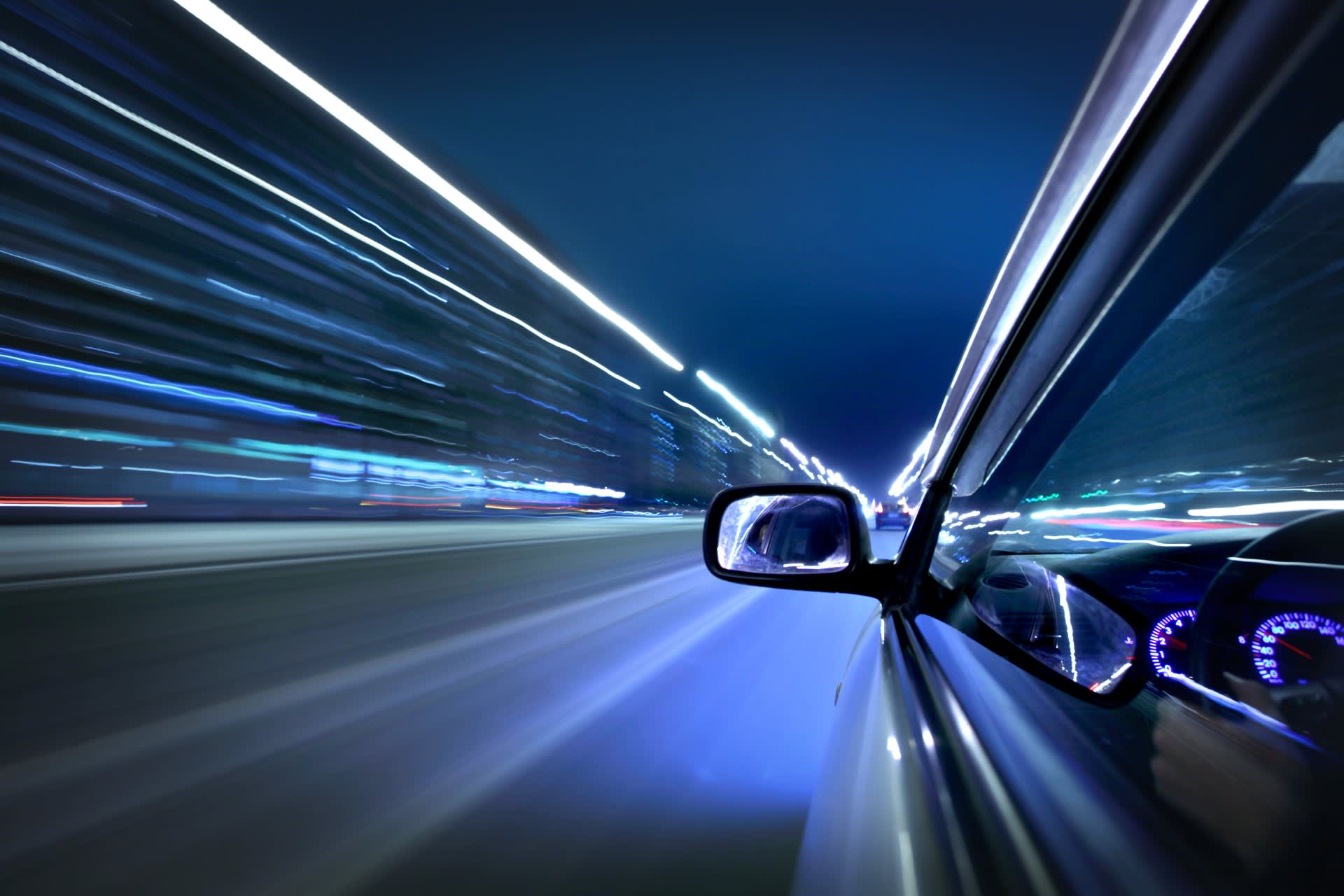Four ways telematics can support commercial fleet electrification
Now more than ever, it’s vital for us think about our long-term impact on the environment.
Transport is the largest source of carbon dioxide emissions in the UK, accounting for 37% in 2020. The country faces a huge challenge in reducing emissions from road transport ahead of our 2050 net zero targets.
Investing in electric vehicles (EVs) isn’t a quick decision or simple solution. But taking smaller steps ahead of switching your fleet - like making the most of telematics - can help improve sustainability without overhauling your operations.
Here are four ways telematics can support electrification and transform the carbon footprint of your fleet.

1. More efficient driving
Telematics allow you to performance manage your fleet drivers. “Eco-driving” is a term coined to describe the most fuel-efficient driving techniques – like avoiding rapid acceleration or deceleration. Anecdotal experiments found improvements of over 30% when drivers consciously implemented some basic tips in their everyday driving.
Telematics can identify the best eco-drivers in your fleet and spot areas for improvement. Not only can non-eco driving behaviours use more fuel, they can also lead to parts wearing down quickly and vehicles becoming less efficient.
Whether you’ve evolved to EV yet or not, empowering your operators to become eco-drivers is an immediate way to make sustainability savings.
2. Real-time vehicle diagnostics
As a driver or fleet manager, there’s nothing more frustrating than a vehicle that’s out of action. Telematics devices allow for proactive maintenance; monitoring for engine faults and allowing you to identify potential issues early on.
As well as avoiding a breakdown, real-time vehicle diagnostics help keep fleets at peak efficiency. When each part is working as it should, you’ll get the best fuel economy. However your car is powered, reducing your overall consumption goes hand in hand with sustainability.
3. Fewer roadblocks ahead
Did you know that sitting idle can use more fuel than restarting your engine? Just 10 seconds of idling for cars with automatic stop/start systems, or three minutes for traditional ignition engines, uses more fuel than shutting the engine down then restarting.
One of the least sustainable habits for drivers is idling. Driver monitoring and eco-driving can help in part, but slow roads or traffic jams encourage the longest idling. To counter this, using telematics including GPS and traffic data can lead drivers on the most efficient journey possible. This saves time and headaches, not to mention battery life or unnecessary emissions.
4. Driving the change to electric vehicles
Need to make significant sustainability progress but driver management isn’t really working? It might be time to make the move from internal combustion engine (ICE) vehicles to EVs.
If you’re weighing up the switch to electric, telematics can help in your initial suitability assessment. Existing fleet telematics can show if an electric fleet is right for your business, what type of vehicle/s will fit your commercial requirements, and even where to locate your charge stations.
If the benefits stack up, your telematics will become a powerful tool once you’ve electrified. They can help you monitor energy consumption, battery charge and – similarly to in ICE vehicles – manage traffic and route planning. Proactive route planning can also help mitigate against any range anxiety that might be felt in the early days of EV adoption.
Determining EV suitability is part of our offering to fleet managers looking to embark on their organisation’s journey to electrification. We’ll help you create and deliver a suitable EV strategy (or work with your existing plan and infrastructure). And we’ll support you with individual vehicles and charging stations through to end-to-end fleet solutions.
To learn more about how Drax EV works for your fleet, or to discuss the potential for converting your fleet vehicles, get in touch with our experts.
Get in touchDisclaimer
We’ve used all reasonable efforts to ensure that the content in this article is accurate, current, and complete at the date of publication. However, we make no express or implied representations or warranties regarding its accuracy, currency or completeness. We cannot accept any responsibility (to the extent permitted by law) for any loss arising directly or indirectly from the use of any content in this article, or any action taken in relying upon it.

